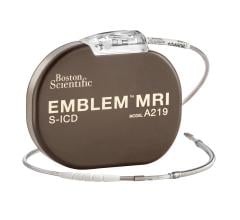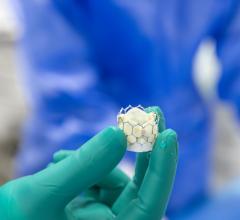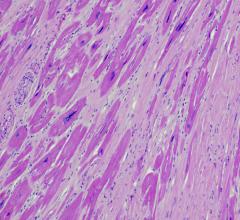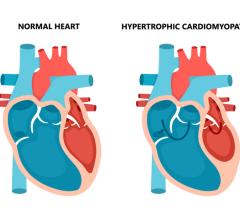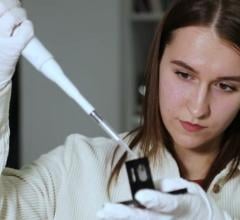
November 8, 2019 — The Absorb bioresorbable stent (BVS) demonstrated good patency and clinical outcomes in patients with chronic limb-threatening ischemia (CLTI) in the DISAPEAR Registry. This included complex infrapopliteal disease and comorbidities such as diabetes and renal failure, said Steven Kum, M.D., who presented the trial at the 2019 Vascular Interventional Advances (VIVA) annual meeting.
Future prospective controlled studies can further help corroborate the significance of these findings, Kum said.
The Abbott Absorb BVS has demonstrated favorable short- and medium-term results in below-the-knee vessels in patients with CLTI or claudication. The DISAPEAR registry aimed to evaluate the safety and effectiveness of the Absorb BVS in an Asian cohort exclusively with CLTI.
A retrospective analysis was performed in patients with Rutherford class 4 to 6 CLTI with de novo infrapopliteal lesions with angiographic stenosis > 50 percent who were treated with Absorb BVS between August 2012 and June 2017 at Changi General Hospital, Singapore. Assessments included technical success, primary patency (duplex ultrasound peak systolic velocity ratio < 2.0), freedom from clinically driven target lesion revascularization (CD-TLR), amputation-free survival, limb salvage, and wound healing at 6 and 12 months after the index intervention.
Forty-one patients (41 limbs) with 53 lesions were treated with 69 scaffolds during the study period. About 90 percent of the patients had diabetes, 59 percent had ischemic heart disease, 12 percent had dialysis-dependent renal failure, and 93 percent had Rutherford category 5/6 ischemia with tissue loss.
Technical success was achieved in all patients. The mean lesion length was 22.7 ± 17.2 mm. Twenty-four percent of lesions were classified as severely calcified according to the PARC classification. The primary patency rates at 6 and 12 months were 95 percent and 86 percent, respectively. The corresponding rates of freedom from CD-TLR were 98 percent and 93 percent. Freedom from major amputation was 98 percent at both time points and amputation-free survival was 93 percent and 85 percent at 6 months and 1 year after the index procedure. Complete wound healing occurred in 79.5 percent of patients with Rutherford 5 and 6 ischemia by the end of 12 months after the index procedure. There were no deaths within 30 days of the index intervention.
Find information on all the VIVA 2019 Late-breaking Clinical Trials

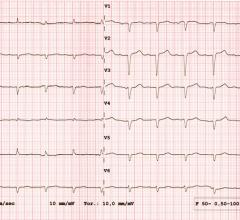
 May 20, 2024
May 20, 2024 
